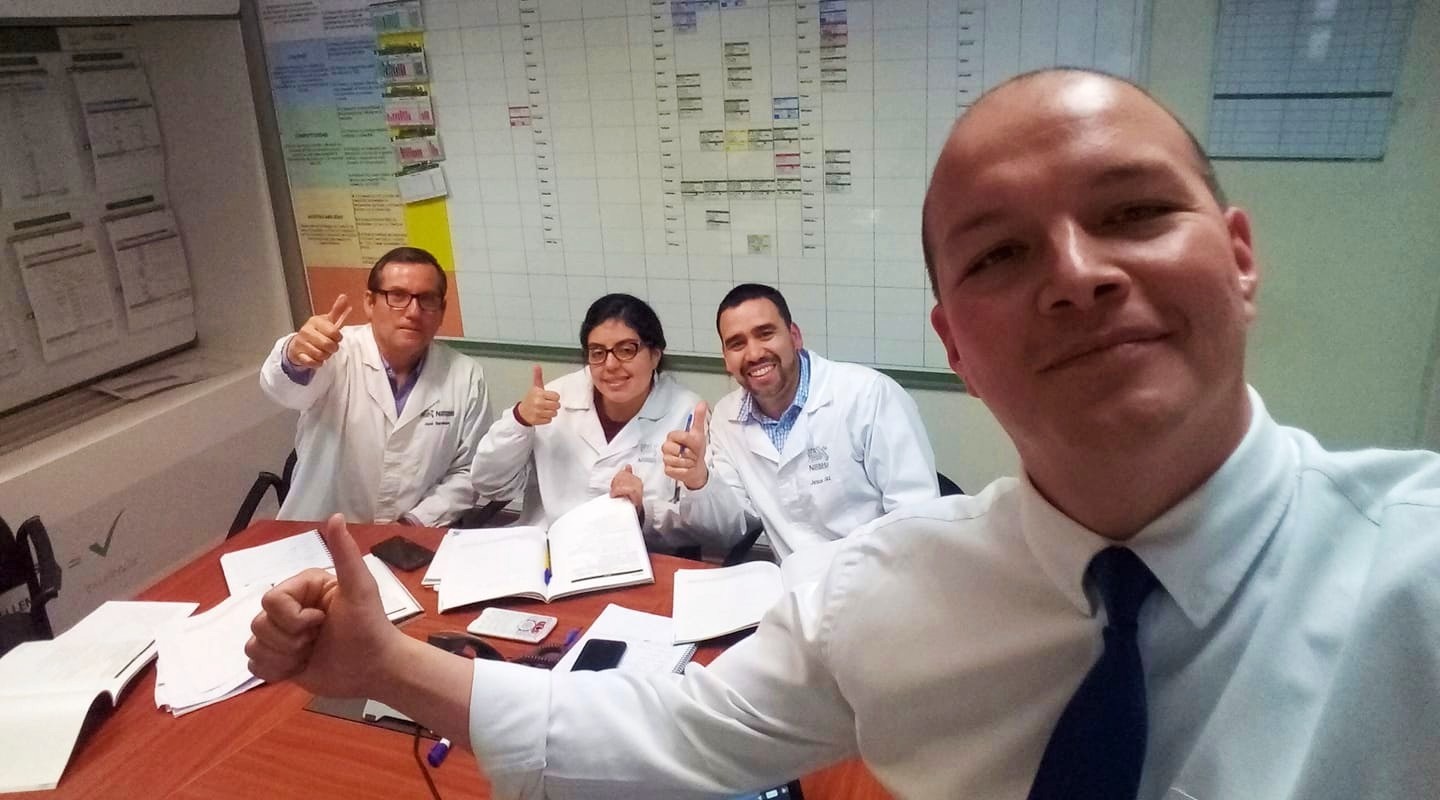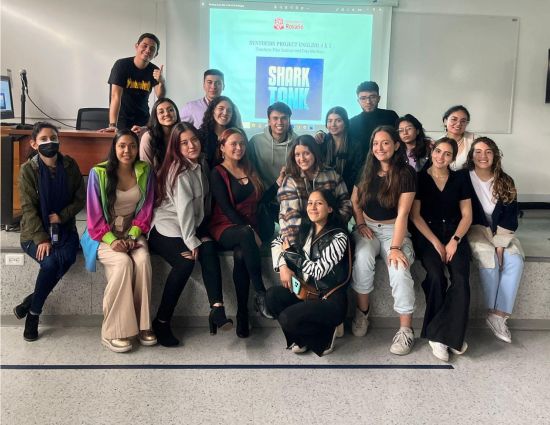If you’re interested in bilingual education, you’ve doubtless already encountered the term CLIL — Content and Language Integrated Learning. The CLIL approach involves learning about another subject (the “content”) while simultaneously learning the target foreign language (the “integrated learning”). Beyond understanding what CLIL is, it’s important to understand why a CLIL approach is beneficial. Let’s explore some of the benefits of CLIL and the advantages of using this method.
What are the benefits of being bilingual?
Let’s first back up just a bit and look at the broader field of bilingual education. Why is it important? Studies using brain imaging techniques and other neurological tests have shown that there are actual cognitive benefits from learning another language. Some of these benefits include:
-
Enhanced communication and interpersonal skills. Bilingual people are more precise in their word choices in both languages and because of their awareness of potential problems in communication, they’re more sensitive to potential misunderstandings.
-
Improved cognitive function. Bilingual people are more flexible and better able to change between tasks quickly. Memory is improved, and there is even evidence that bilingualism can ward off or at least delay age-related cognitive declines.
-
Improved executive functions. Managing two languages enhances skills related to executive functions, such as problem-solving, task-switching, and multitasking.
-
Positive physical changes to the brain. When bilingual and monolingual people are exposed to a simple sound, studies show that the blood flow to the brain is higher in bilingual people. There is a correlation between how well you speak a second language, as well as how young you are when you learn it, and the amount of gray matter in some areas of the brain.
-
Enhanced neural connectivity. Bilingual people also tend to have better connectivity between regions of the brain, especially in the frontal and parietal lobes. This enhanced neural connectivity supports more efficient information processing.
In addition to the cognitive benefits, bilingual people have access to another culture and can explore more art and literature as well as travel and job opportunities.

What are the benefits of the CLIL methodology?
Within the field of bilingual education, CLIL is widely respected as an effective approach. In fact, teachers find that CLIL students improve their scores in the language class and the subject area class — and even their native language!
Why does this happen? It’s a result of CLIL’s attention to the target language, the content area, and also learning skills themselves. Here are some of the specific benefits.
Learn about other popular ESL teaching methods.
A deeper understanding of the target language
As students learn content in the second language, they form links in their minds between their first language (or L1), the target language (L2), and the content. This fosters better metalinguistic skills: the ability to reflect on language and meaning. They learn how languages work, in other words. Children who study the rules of grammar of a second language invariably find themselves better grammarians in their native language; each language can be studied through the lens of the other.
Mastery of a subject
While at first progress in the content area may seem slower since the students are also working in their L2, there is potential for more revision and deeper learning. Key concepts are reinforced in the language classroom, and there are plenty of opportunities for reviewing and recycling both information and language. A science teacher might teach how photosynthesis works while introducing the necessary L2 vocabulary; later, in the language class, the teacher could work on presentation skills, having students explain photosynthesis in the L2 through a formal presentation, bringing in all the functional language for scaffolding an oral presentation, working with visual aids, handling audience questions, and so on.
Find out how classroom presentations factor into inquiry-based learning.
Improved social and critical thinking skills
The same benefits to communicative ability that accrue to bilingual people in general of course come to students in a CLIL program, and they have more opportunities to put those skills into practice as they move between the language classroom and the subject classroom. The language teacher might teach ways of agreeing, disagreeing, and asking for clarification and then have students apply those skills to discuss a historical event and its consequences. The history teacher might then organize a debate on whether certain actions in the past should or should not have been taken, and students will again use their linguistic skills.

Enhanced engagement and motivation
Students in a CLIL program are often more motivated to learn the target language as this approach combines language learning with interesting content and real-world application. Learning a content subject such as science or history alongside a language improves engagement as students aren’t learning the language simply for the language but to learn the subject, be able to engage in discussions, and improve their understanding of the lesson concepts. When the subject is something the students naturally enjoy, engagement and motivation are even higher!
Read about games and activities that increase engagement and learning in the ESL classroom.
A stronger, more flexible brain
Students in a CLIL program do more than just learn a language — they learn in the language, so they are constantly using the language and improving. The language teacher explains the meanings of key vocabulary for chemistry, and then in their chemistry class, students can use the vocabulary in context as they conduct, discuss, and write up an experiment.
Long-term higher academic achievement
Students in CLIL programs often achieve better results in both language and content subjects when compared to those in traditional ESL programs. While the higher achievement rates in language learning may be due to the enhanced engagement and motivation that comes with the real-world application of learning a language for a specific purpose, the higher academic achievement in content subjects is likely related to the benefits associated with bilingualism like increased mental flexibility, higher executive functioning, and development of metalinguistic abilities.
What types of students or school settings get the most advantage from applying the CLIL method?
CLIL works best for subjects with a cultural aspect that students can be exposed to along with the language and the content — for example, social sciences, the arts, some hard sciences, and some vocational/technical trades. Schools that favor group work and projects are particularly well-suited to CLIL. As for students, CLIL works beautifully with a variety of ages, levels, and personality types. Many students find CLIL methodologies intrinsically interesting, which can add the key ingredient of motivation to their studies.
Get tips for teaching English online to groups.

How can teachers and schools get the benefits of CLIL?
A CLIL program doesn’t come together overnight nor is it something one or two teachers can carry out alone. A successful CLIL program needs the understanding and support of the administration, a structure that fosters communication among content and language teachers, and outreach to bring parents as well as students on board. The Bridge Specialized Certificates in Content & Language Integrated Learning (CLIL) train all stakeholders in the underpinning philosophy of this method and how to apply it institute-wide to produce positive learning outcomes for students.
In 2023, Bridge began a partnership with the Universidad del Rosario to provide faculty members training in the CLIL teaching methodology, including concrete strategies and engaging materials to put these bilingual education theories into practice. The university’s goal was to ensure teachers were well-prepared with relevant materials for the effective adoption of CLIL classes in subjects such as business, engineering, and the humanities.
The successful partnership between Bridge and the university gave teachers confidence in their ability to provide effective CLIL courses and paved the way for future training partnerships.
At the start of the partnership, Universidad del Rosario Program Coordinator Fray Martínez Páez explained that most of their English teachers were interested in exploring the real use of English in diverse contexts but only had textbooks that limited the experiences of the students. After faculty members completed Bridge coursework, they felt much more confident.
“In the classroom, they feel more confident to do any new CLIL activity rather than keep on using the same old materials they used to work with,” he said. “They don’t have to spend so many hours thinking on how to teach the language … They can now concentrate on finding new references and content according to their discipline instead.”
If you’re new to teaching, you’ll want to get initial training and qualification with a TEFL certificate. You can explore our online TEFL courses to get started!
What are some challenges to using CLIL?
Many of the challenges of adopting CLIL methodology come at the beginning of establishing the curriculum, so if all stakeholders are fully trained in CLIL theory and applications and work together to implement what they’ve learned, the institution can get over these initial hurdles and maintain the approach more easily.
As teachers and students get used to new ways of working and learning, they’ll begin to feel more comfortable and see measurable results, and with familiarity and application will come the rewards of CLIL.
A successful CLIL program can not only bring immediate benefits to students in their language and subject area classes but in the long term can improve their cognitive abilities, make them better communicators, and turn them into enthusiastic and successful lifelong learners. And those are benefits worth working toward.










